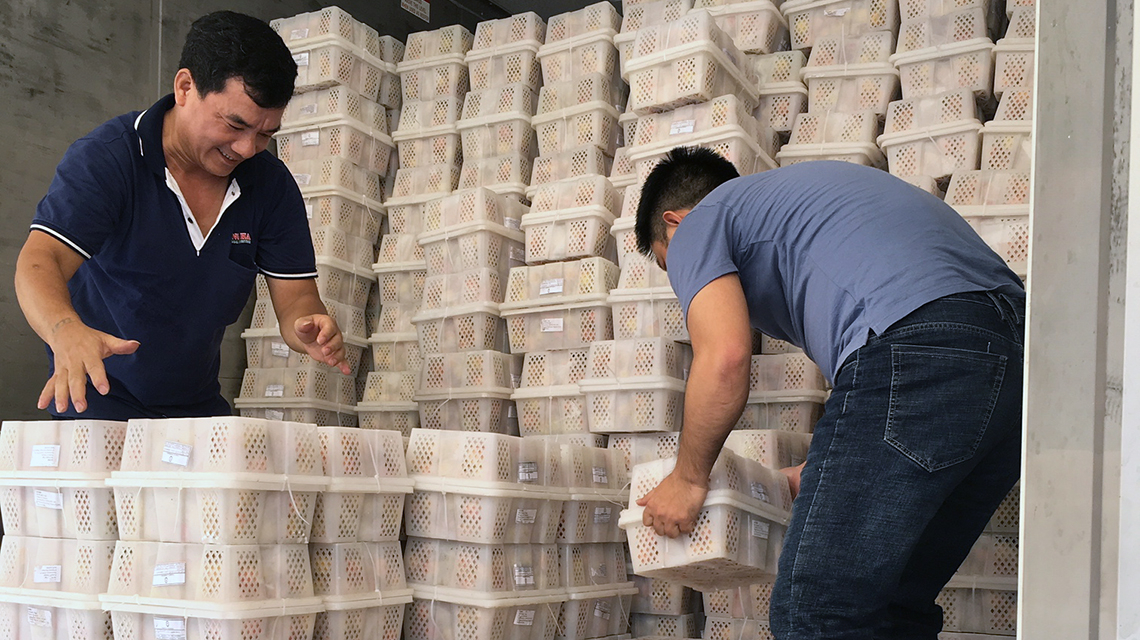“Irradiated for freshness” written across a juicy mango may raise some eyebrows, but the label has guaranteed Viet Nam exports worth US$20 million a year to the United States. Using irradiation to disinfest fruit is gaining traction in the premium produce trade, and Viet Nam, with the help of the International Atomic Energy Agency (IAEA) and the Food and Agriculture Organization of the United Nations (FAO), now plans to expand the service to compete in additional markets.
Food irradiation has been used for decades to disinfect and extend the shelf life of commodities such as spices, dried herbs and vegetable seasoning. If the products are not treated, pests can lodge in produce and hitch a ride abroad through trade, potentially causing damage to the local food production and the environment as they multiply and spread in the destination country.
“We use food irradiation because this technology can reduce food loss and facilitate agricultural exports,” said Hoang Trung, Director General of Viet Nam’s Plant Protection Department. Such exports include ‘exotic fruits’ such as mango, dragon fruit, and litchis, mostly to the United States, as well as fresh and frozen shrimps and oysters.
There are hundreds of facilities worldwide that use radiation in a variety of applications, and at least 60 use it for food irradiation. They apply low levels of radiation to kill microorganisms that may spoil food, such as bacteria or fungi. Low level radiation also prevents insects from being able to reproduce.
Ensuring produce is free of certain pests through such phytosanitary treatment is a prerequisite for global trade, especially in fresh fruits and vegetables. The detection of a single Mediterranean fruit fly in a produce container, for example, can lead to immediate import bans and devastating financial consequences for exporting countries. Other treatment methods include fumigation with chemicals, which may leave residues that are harmful to people and the environment, or heat treatment, which can alter taste and texture. Irradiation using low dose gamma rays, electron beams (E-beams) or X-rays can treat a large batch of food without loss in quality and with no risk to the consumer.
The IAEA has supported the development of irradiation as a phytosanitary treatment for decades through its technical cooperation programme, but the method has been slow to take off in the commercial fruit market, as industry players often perceive a potential backlash from consumers. This has changed in recent years, says Carl Blackburn, Food Irradiation Specialist at the Joint FAO/IAEA Programme for Nuclear Techniques in Food and Agriculture, as consumers embrace the all-year-round availability of “beautiful and tasty fruits” free from chemicals or a heavy environmental cost.







